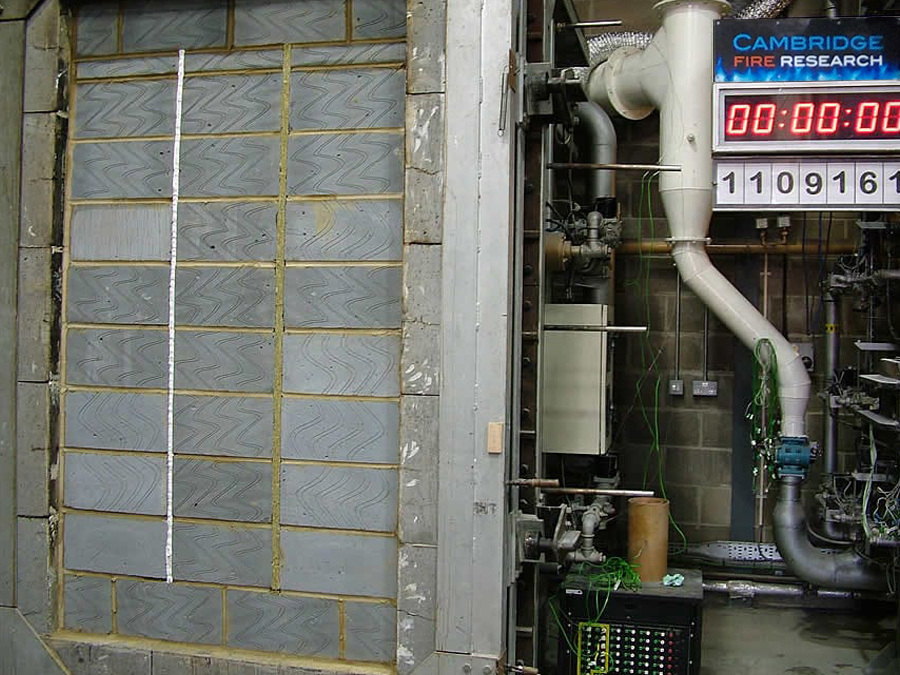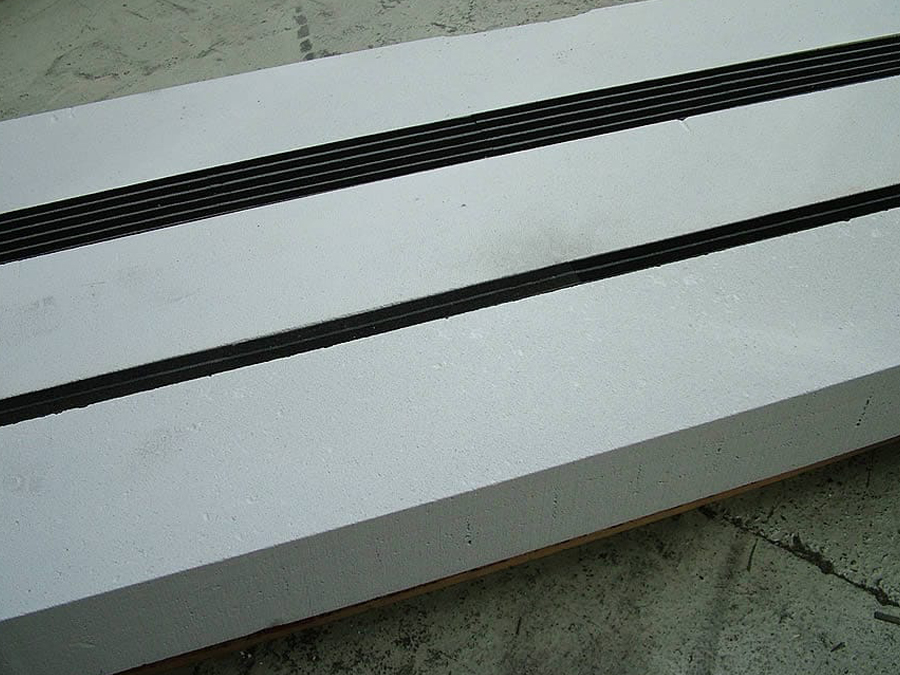
Full Scale Testing Vertical Elements
Exposed Area 3.0(h) x 3.0(w)m
The test method determines the fire resistance of linear joint seals based on their intended end use and included tests with no mechanically induced movement and tests with mechanically induced movement, either prior to or during fire exposure.
All test bookings are provisional until confirmed by Cambridge Fire Research.
Before testing you will be contacted so that you can complete a Test Details Form summarising your test requirements.
You will also need to submit:
To carry out an accredited test to BS EN 1366-4:2021.
On request – dependent on number of specimens and if installation required.
The test method determines the fire resistance of linear joint seals based on their intended end use and included tests with no mechanically induced movement and tests with mechanically induced movement, either prior to or during fire exposure.
The test takes place within a test construction, mechanically mounted to a restraint frame and hung on the front of a 3m high x 3m wide or 2.4m high x 1.35m vertical furnace – representing a compartment wall in practice. Alternatively, the test construction can be mounted to a restraint frame and positioned on the top of a 1.4m wide x 1m deep horizontal opening on the furnace.
shutter assemblies.
The test is carried out to the Standard temperature-time heating curve ISO 834, also known as the Cellulosic curve and to the pressure conditions as described in BS EN 1363-1:2020.
Common durations for this test methodology are 30 minutes, 60 minutes, 90 minutes, 120 minutes, 180 minutes and 240 minutes – each including a nominal overrun period intended to directly extend a products field of application.
The linear joint seals are evaluated by the times in completed minutes for which the test specimen continues to maintain its separating function during the test without:
If there is more than one test specimen in a test construction, failure to maintain integrity on a test specimen constitutes failure only of that test specimen, provided the furnace conditions are maintained.
Insulation will be evaluated by the time in completed minutes for which the test specimen continues to maintain its separating function during the test without developing temperatures on its unexposed surface which:
If there is more than one test specimen in a test construction, failure to maintain the insulation criterion on a test specimen constitutes failure only of that specimen, provided the furnace conditions are maintained.
A full test report with the test results after testing.
A classification report – price available on request dependent on requirements.

Exposed Area 3.0(h) x 3.0(w)m

Exposed Area 2.4(h) x 1.35(w)m

Exposed Area 1.4(h) x 1.0(w)m
If required, CFR may be able to assist with procuring materials and specimen installation – Please enquire for details.
Get in touch or find us en route